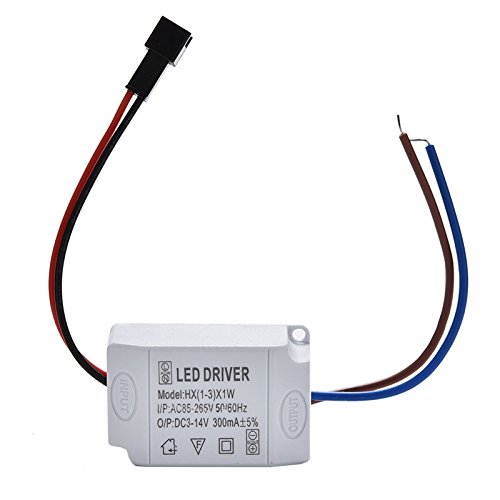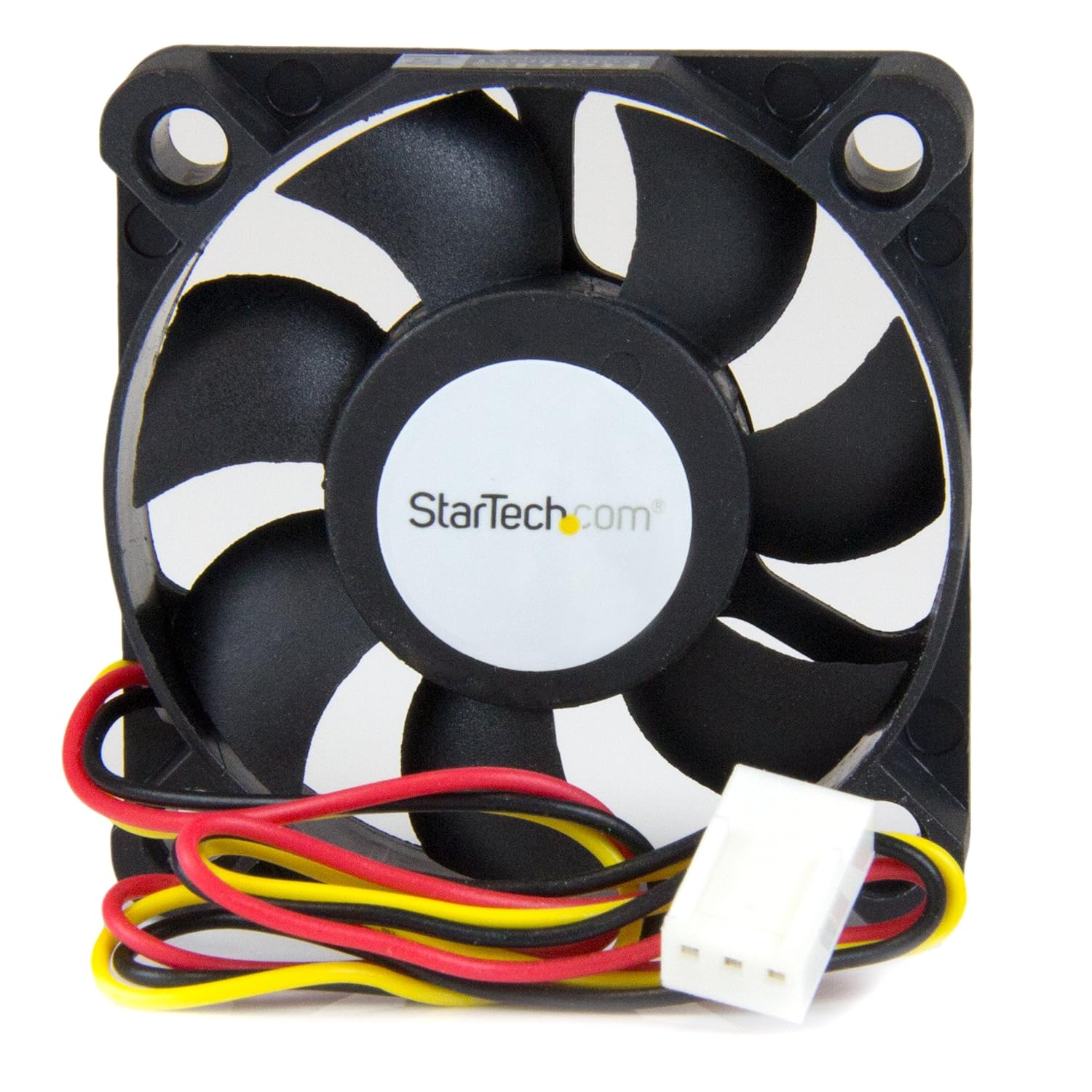Hi all,
I'm at the end of my brew controller build and looking to include a fan. I'm having issues actually driving the fan, and I think it's due to a lack of watts. The 80mm 120v AC fans are just far too big for my box so I went with a 50mm 12v DC fan but it's causing issues.
Here is my setup.
This LED driver is inverting from 120v AC to 12v DC

120v AC to 12v DC ~1watt inverter
My fan which is a 50mm 12v DC 1watt fan

https://www.amazon.com/gp/product/B00006B8CM/?tag=skimlinks_replacement-20
It's just BARELY spinning. Not enough to be useful. When I put a multimeter to the 12v or 6v battery test mode and put the black/red pins on their respective wires, it runs perfectly. Any ideas as to what could be the issue?
The fan draws 90mA consumption 1.08W which is around the output of the inverter. Should I get an inverter with more output watts?
Here's a video of what I'm talking about. Thanks in advance!
https://youtu.be/dsWakD0uDYo
I'm at the end of my brew controller build and looking to include a fan. I'm having issues actually driving the fan, and I think it's due to a lack of watts. The 80mm 120v AC fans are just far too big for my box so I went with a 50mm 12v DC fan but it's causing issues.
Here is my setup.
This LED driver is inverting from 120v AC to 12v DC

120v AC to 12v DC ~1watt inverter
My fan which is a 50mm 12v DC 1watt fan

https://www.amazon.com/gp/product/B00006B8CM/?tag=skimlinks_replacement-20
It's just BARELY spinning. Not enough to be useful. When I put a multimeter to the 12v or 6v battery test mode and put the black/red pins on their respective wires, it runs perfectly. Any ideas as to what could be the issue?
The fan draws 90mA consumption 1.08W which is around the output of the inverter. Should I get an inverter with more output watts?
Here's a video of what I'm talking about. Thanks in advance!
https://youtu.be/dsWakD0uDYo
Last edited by a moderator:


























![Craft A Brew - Safale S-04 Dry Yeast - Fermentis - English Ale Dry Yeast - For English and American Ales and Hard Apple Ciders - Ingredients for Home Brewing - Beer Making Supplies - [1 Pack]](https://m.media-amazon.com/images/I/41fVGNh6JfL._SL500_.jpg)































